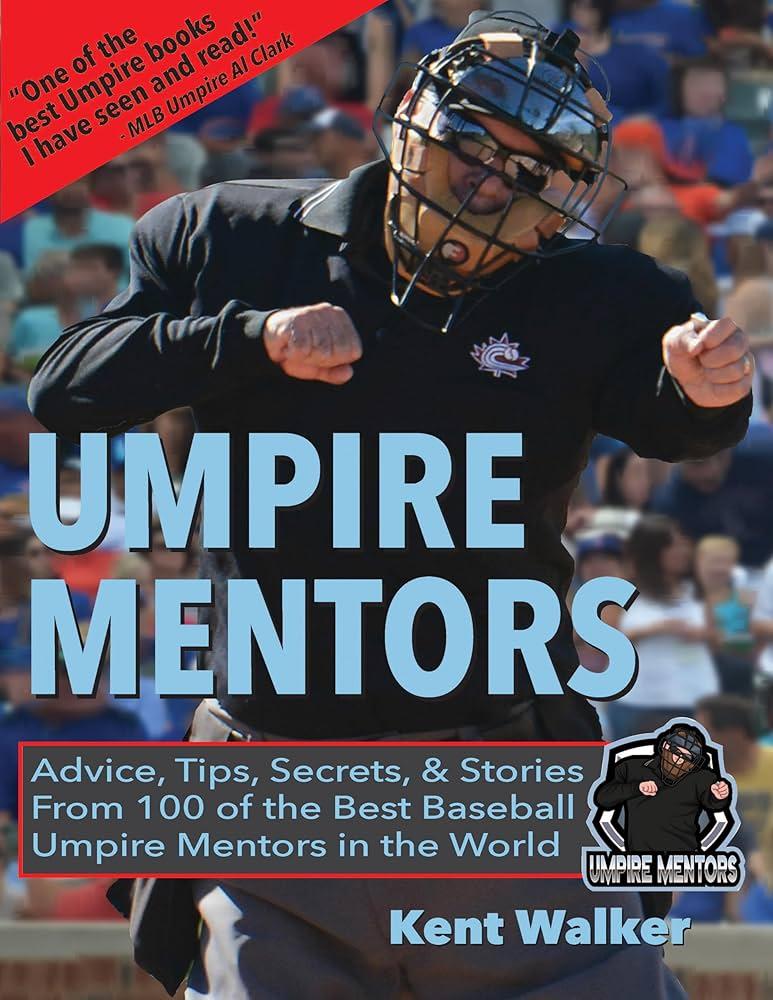Umpiring Game 7 of the World Series is the ultimate test of skill, composure, and decision-making under pressure. As the stakes reach their highest point in professional baseball, every call is scrutinized by millions of fans and can alter the course of history. To gain insight into this rare and intense experience, The New York Times spoke with a seasoned umpire who has stood behind the plate when everything was on the line. In this exclusive interview, he reveals what it takes to maintain focus, handle the spotlight, and navigate the tension in one of sports’ most dramatic moments.
The High-Pressure Atmosphere Behind the Plate
Standing behind home plate in Game 7 of the World Series means more than just calling balls and strikes; it demands unwavering focus under extreme pressure. Every decision is scrutinized by millions of fans, analysts, and players, making the atmosphere electrically charged. The umpire must maintain composure while anticipating subtle cues, balancing the integrity of the game with the raw emotions on the field. This high-stakes environment also tests physical endurance, as the tension builds inning after inning, each pitch potentially altering baseball history.
Experts emphasize that success behind the plate during such iconic moments hinges on a set of critical attributes:
- Sharp mental clarity: Filtering distractions to stay locked in on the strike zone.
- Consistent mechanics: Delivering calls with precision and fairness under pressure.
- Effective communication: Managing player interactions to keep the game flowing smoothly.
- Emotional resilience: Absorbing the weight of every decision without faltering.
| Key Challenge | Impact on Umpire |
|---|---|
| Fan Intensity | Heightened focus amid noise |
| Close Calls | Pressure to be accurate |
| Player Reactions | Requires calm, firm authority |
| Media Spotlight | Awareness of lasting scrutiny |
How Preparation and Experience Shape Critical Calls
Every pitch, swing, and call in the climactic Game 7 carries immense pressure, where the margin for error is virtually nonexistent. Umpires enter the field with years of rigorous preparation behind them – physically sharpening their reflexes and mentally rehearsing countless game scenarios. This preparation isn’t just about memorizing rules; it’s about cultivating an instinctual response cultivated through countless hours of film study and practice games. Veterans emphasize the importance of staying poised, knowing that their decisions will be scrutinized in the spotlight of history.
Experience acts as the umpire’s greatest ally, transforming theoretical knowledge into sound judgment under duress. Seasoned umpires develop a keen awareness of the game’s rhythm and the players’ tendencies, allowing them to anticipate plays before they unfold. This expertise is built on layers of past calls and learned lessons, creating a mental framework that supports split-second decisions. The following table highlights some key factors that seasoned umpires rely on during critical moments:
| Factor | Impact on Decision-Making |
|---|---|
| Visual Acuity | Sharpens pitch tracking and ball placement judgment |
| Game Situations | Informs context-driven calls, such as interference or obstruction |
| Player History | Predicts behavior under pressure and strategic plays |
| Communication Skills | Ensures clarity and authority when explaining calls |
Expert Strategies for Maintaining Focus Under Intense Scrutiny
Under the unforgiving glare of thousands of fans and the scrutiny of millions watching worldwide, staying mentally anchored is paramount. Veteran umpires develop a series of mental rituals that help them navigate the high stakes without cracking. These include visualizing each call before the game, maintaining a steady breathing pattern, and isolating themselves from the crowd noise by focusing intently on the players’ body language and game dynamics. This mental conditioning transforms external pressure into a sharpened focus, allowing umpires to operate with the precision of a finely tuned instrument.
Moreover, top umpires rely on a carefully structured routine during the game to manage stress and maintain clarity. Key strategies often involve:
- Consistent positioning: Staying in the same spots to gain optimal views and build a rhythm.
- Communication cues: Pre-established gestures and short verbal exchanges with fellow umpires to confirm calls quickly.
- Reset moments: Brief pauses between innings or pitches used to mentally reset and shed any distracting emotions.
| Strategy | Purpose | Benefit |
|---|---|---|
| Visualization | Pre-game mental rehearsal | Improved anticipation and decisiveness |
| Controlled Breathing | Stress reduction | Heightened concentration |
| Communication Signals | Clear, fast call confirmation | Minimized confusion during critical moments |
Closing Remarks
Umpiring Game 7 of the World Series is a unique blend of pressure, precision, and poise – a high-stakes environment where every call can influence history. As our expert explains, the role demands not only deep knowledge of the game but also unwavering focus and resilience under intense scrutiny. In the crucible of baseball’s biggest stage, umpires are the unsung guardians of fairness, ensuring that the spirit of competition prevails to the very last pitch.
